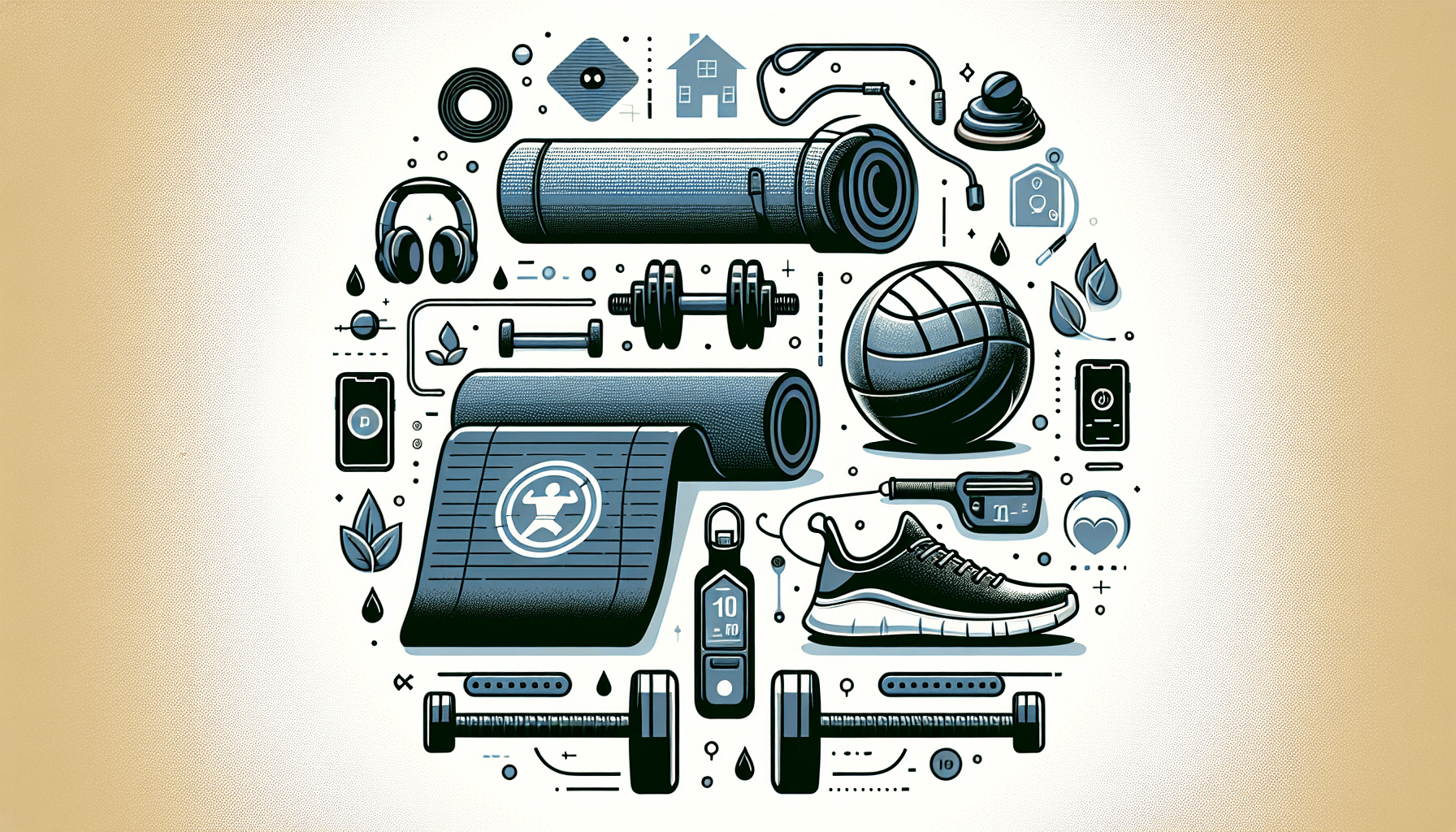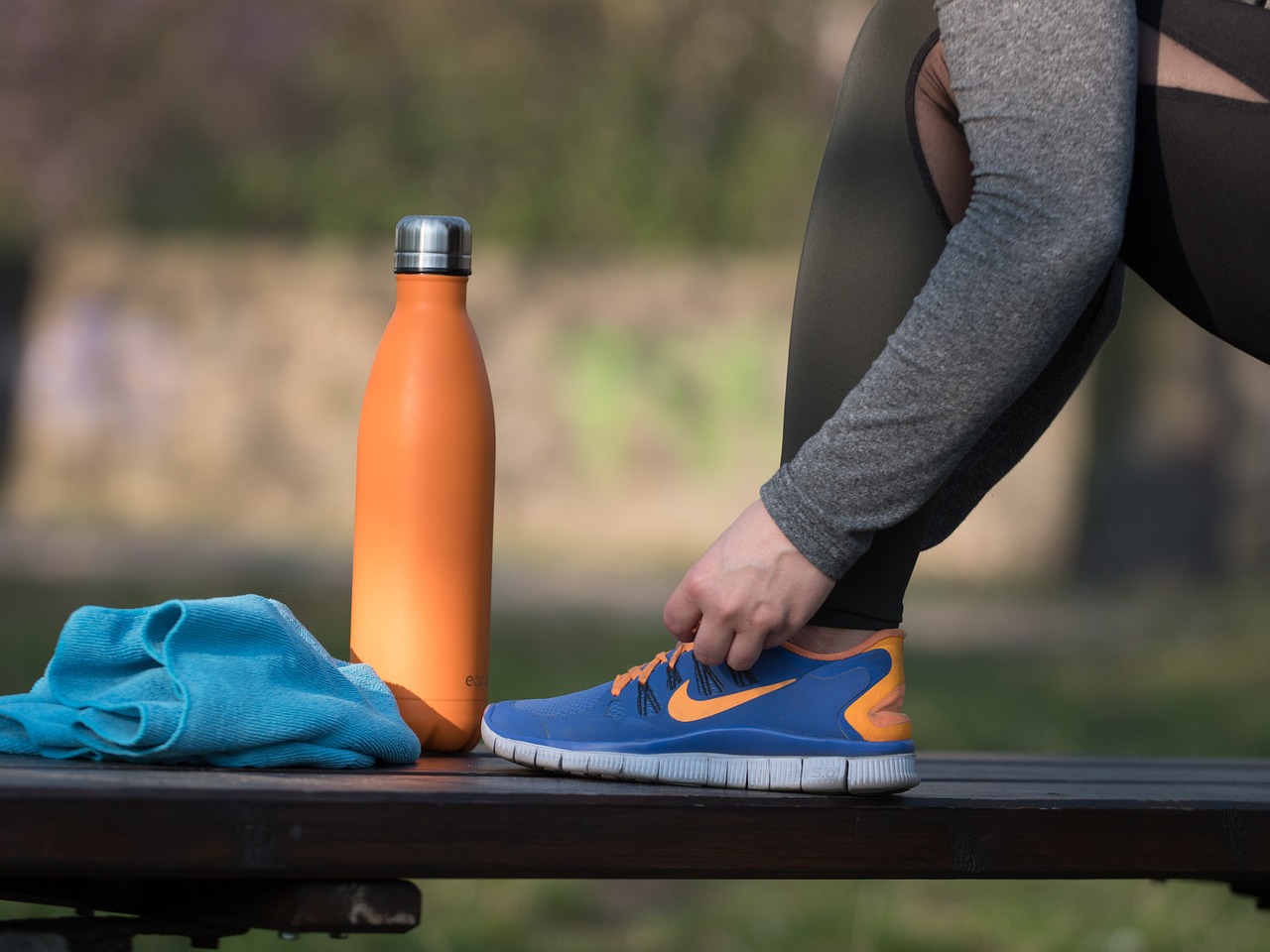Are you looking for an effective and engaging way to strengthen your core? Look no further than calisthenics! Calisthenics for core strength is a dynamic and accessible exercise method that utilizes your own body weight to build a strong and stable core. With a wide range of exercises and progressions, calisthenics offers a customizable approach for individuals of all fitness levels. Whether you are a beginner or an experienced athlete, incorporating calisthenics into your fitness routine can help you achieve a strong and functional core.
What is Calisthenics?
Definition
Calisthenics is a form of exercise that focuses on using your body weight to build strength, flexibility, and endurance. It does not require any additional equipment, making it a convenient and accessible workout option for people of all fitness levels. Calisthenics exercises primarily target the muscles in your core, which includes your abdominal, back, and hip muscles. By engaging these muscles, you can improve your stability, posture, and overall physical performance.
Benefits
Calisthenics offers a wide range of benefits for your core strength and overall fitness. By incorporating calisthenics into your workout routine, you can:
-
Stability: Building a strong core through calisthenics exercises helps improve your body’s stability. A stable core allows you to maintain balance and control during various movements and activities, whether you’re lifting weights, playing sports, or simply going about your daily tasks.
-
Improved Posture: Many people often struggle with poor posture due to prolonged sitting or a lack of core strength. Calisthenics exercises help strengthen the muscles that support your spine, promoting proper alignment and better posture. This can reduce the risk of developing back pain and improve your overall appearance and confidence.
-
Injury Prevention: Strong core muscles act as a natural stabilizer, reducing the risk of injuries during physical activity. By strengthening your core through calisthenics, you can protect your lower back, prevent muscle imbalances, and enhance your body’s overall resilience.
-
Enhanced Performance: A strong core is essential for performing at your best, no matter your chosen physical activity. Whether you’re a professional athlete or a recreational fitness enthusiast, calisthenics can help improve your performance in sports, workouts, and everyday activities by enhancing your balance, power, and coordination.
Importance of Core Strength
Stability
Having a stable core is crucial for maintaining balance and control during physical activities. Whether you’re running, weightlifting, or practicing yoga, a strong core provides the foundation for dynamic movements. By improving the stability of your core through calisthenics exercises, you can enhance your performance and reduce the risk of injuries.
Improved Posture
Poor posture can lead to various health issues, including back pain, muscle imbalances, and decreased lung capacity. Calisthenics exercises specifically target your core muscles, helping to strengthen and stabilize them. As a result, your spine can maintain a more neutral alignment, leading to improved posture and reduced strain on your muscles and joints.
Injury Prevention
Strengthening your core is an effective way to prevent injuries, especially in the lower back. Your core muscles, including your abdominal and back muscles, provide support and stability for your spine. By regularly engaging in calisthenics exercises, you can strengthen these muscles, reducing the likelihood of strains, sprains, and other common injuries.
Enhanced Performance
No matter your fitness goals, a strong core is essential. Calisthenics exercises for core strength can improve your performance in various physical activities by enhancing your balance, power, and coordination. Whether you enjoy playing basketball, participating in martial arts, or simply want to have more energy for everyday tasks, a strong core can make a significant difference in your overall fitness and performance.
Calisthenics Exercises for Core Strength
Planks
Planks are a classic calisthenics exercise that targets your entire core. To perform a plank, start by lying face down on the floor. Place your forearms on the ground, shoulder-width apart, and lift your body up, resting on your forearms and toes. Keep your body in a straight line from your head to your heels, engaging your core muscles throughout. Hold this position for as long as you can while maintaining proper form.
Hanging Leg Raises
Hanging leg raises are an effective exercise for targeting your lower abdominal muscles. Find a pull-up bar or a sturdy overhead bar and hang from it with your arms fully extended. Engage your core and lift your legs up, aiming to bring your toes as close to your hands as possible. Slowly lower your legs back down without swinging or using momentum. Perform this exercise for several reps, focusing on controlled movements and engaging your core throughout.
Russian Twists
Russian twists are a dynamic exercise that targets your oblique muscles. Sit on the floor with your knees bent and your feet flat on the ground. Lean back slightly, maintaining a straight spine. Clasp your hands together in front of your chest and twist your torso from side to side, touching your hands to the ground on each side. Keep your core engaged throughout the exercise and focus on controlled movements.
Mountain Climbers
Mountain climbers are a challenging exercise that targets your entire core while also providing cardiovascular benefits. Start in a high plank position with your hands shoulder-width apart and your body in a straight line. Bring one knee toward your chest, then quickly switch to bring the other knee in. Continue alternating your legs in a running motion, keeping your core engaged and maintaining a steady pace.
Bicycle Crunches
Bicycle crunches are an effective exercise for targeting both your abdominal muscles and obliques. Lie flat on your back with your hands gently supporting your head and your knees bent. Lift your head, shoulders, and upper back off the ground and bring your right elbow toward your left knee while extending your right leg. Alternate by bringing your left elbow toward your right knee while extending your left leg. Continue this pedaling motion, focusing on engaging your core and maintaining proper form.
Progressive Calisthenics for Core Strength
Progressive Overload
To continue making progress and building core strength through calisthenics, it’s important to incorporate progressive overload into your workouts. This means gradually increasing the demand on your muscles over time. You can do this by increasing the intensity, duration, or difficulty of your exercises. For example, you can hold planks for longer periods, add ankle weights to your leg raises, or try more challenging variations of the exercises.
Increasing Reps and Sets
Another way to progress in your calisthenics core workouts is by gradually increasing the number of reps and sets you perform. Start with a moderate number of repetitions and sets that challenge your muscles but still allow you to maintain good form. As you become stronger and more comfortable, gradually add more reps and sets to further challenge your core muscles.
Advancing to More Challenging Variations
As you build strength and improve your form, you can advance to more challenging variations of the calisthenics exercises. For example, you can progress from standard planks to side planks or incorporate movements like leg extensions or knee tucks while holding the plank position. This will provide a greater challenge to your core muscles, promoting further strength development and overall fitness.
Calisthenics vs. Traditional Core Exercises
Full Body Engagement
One of the key advantages of calisthenics exercises for core strength is their ability to engage multiple muscle groups simultaneously. Traditional core exercises often isolate specific muscles, such as crunches or sit-ups, whereas calisthenics exercises involve the entire body. With calisthenics, you engage not only your core muscles but also your upper body, lower body, and even your cardiovascular system, resulting in a more efficient and effective workout.
Functional Movement
Calisthenics exercises are designed to mimic the movements and demands of real-life activities. This emphasis on functional movement means that the skills and strength you develop through calisthenics can easily transfer to your daily life. From lifting groceries to playing with your kids, having a strong core developed through calisthenics will support you in performing these tasks with greater ease and efficiency.
Minimal Equipment Required
One of the great advantages of calisthenics is its minimal equipment requirement. While traditional core exercises often rely on gym machines or specialized equipment, calisthenics can be done anywhere with just your body weight. This makes it an accessible option for those who prefer to work out at home or while traveling without access to a gym. By just using a mat or a stable surface, you can perform a variety of calisthenics exercises to target your core muscles effectively.
Variety of Exercise Options
Calisthenics offers a wide range of exercise options for core strength training. From planks to hanging leg raises to mountain climbers, you have plenty of choices to keep your workouts interesting and prevent boredom. Additionally, calisthenics allows for various progressions and modifications, allowing you to continually challenge your core muscles as you advance in your fitness journey.
Tips for Proper Form and Technique
Maintaining a Neutral Spine
Proper form and technique are crucial when performing calisthenics exercises for core strength. It’s essential to maintain a neutral spine throughout the movements to ensure optimal engagement of your core muscles and minimize the risk of injury. Focus on keeping your head in line with your spine, avoiding excessive arching or rounding of your back.
Engaging the Core Muscles
To get the most out of your calisthenics core workout, it’s important to consciously engage your core muscles during each exercise. Imagine drawing your belly button in towards your spine and activating the muscles of your abdomen, back, and hips. This will help ensure that you’re targeting the right muscles and maximizing the benefits of the exercises.
Breathing Technique
Proper breathing technique is often overlooked but plays a significant role in calisthenics exercises. When performing core exercises, exhale during the most challenging phase of the movement, and inhale during the less demanding phase. This helps stabilize your core muscles and provides additional support during the exercise. Remember to breathe in a controlled manner and avoid holding your breath.
Designing a Calisthenics Core Workout Routine
Warm-up and Stretching
Before diving into your calisthenics core workout, it’s important to warm up your body and prepare your muscles for exercise. Start with a few minutes of light cardio, such as jogging or jumping jacks, to increase your heart rate and warm up your muscles. Follow it up with dynamic stretches that target your hips, shoulders, and core. Dynamic stretches involve movements that gently stretch your muscles while keeping them in motion.
Targeting Different Core Muscles
To effectively target all areas of your core, it’s important to incorporate a variety of calisthenics exercises into your routine. Mix and match different exercises that target your upper abs, lower abs, obliques, and back muscles. This will help you achieve balanced strength and avoid muscle imbalances.
Rest and Recovery
Allowing your body to rest and recover is an essential part of any workout routine, including calisthenics for core strength. Aim to have at least one day of rest between intense core workouts to allow your muscles time to repair and rebuild. During rest days, you can engage in light cardiovascular activities or focus on stretching and mobility exercises to improve flexibility and prevent muscle tightness.
Incorporating Calisthenics into Your Fitness Routine
Choosing the Right Exercises
When incorporating calisthenics exercises into your fitness routine, it’s important to choose exercises that align with your current fitness level and goals. Start with simpler variations of the exercises and gradually progress to more challenging ones as you gain strength and confidence. Listen to your body and modify the exercises if needed to avoid overexertion or injury.
Frequency and Progression
Consistency is key when it comes to calisthenics for core strength. Aim to include core workouts in your routine at least two to three times a week. Over time, you can increase the frequency as your body adapts and becomes stronger. Remember to progress gradually, increasing the intensity or difficulty of the exercises to continue challenging your core muscles.
Combining with Other Training Modalities
Calisthenics exercises for core strength can be a valuable addition to your overall fitness routine. Consider incorporating them alongside other training modalities, such as weightlifting, cardiovascular exercises, or yoga. This combination of different types of exercises can help you build a well-rounded fitness foundation and enhance your overall physical performance.
Common Mistakes to Avoid
Using Momentum Instead of Muscles
One common mistake when performing calisthenics exercises is relying on momentum rather than utilizing the targeted muscles. It’s important to focus on controlled movements and engage your core muscles throughout each exercise. Avoid swinging, jerking, or using momentum to complete the movements, as this reduces the effectiveness of the exercise and increases the risk of injury.
Neglecting Proper Form
Maintaining proper form is crucial for achieving optimal results and preventing injuries. Pay close attention to your body alignment, particularly your spine, throughout the exercises. Avoid rounding or arching your back excessively. If you find it challenging to perform the exercises with proper form, consider modifying or scaling them down until you build sufficient strength and stability.
Overtraining the Core
While it’s important to work on your core strength, overtraining can lead to muscle fatigue, decreased performance, and increased risk of injury. It’s essential to give your core muscles adequate rest and recovery time to rebuild and grow stronger. Be mindful of incorporating rest days into your routine and listen to your body’s signals to avoid overexertion.
Conclusion
Calisthenics is a versatile and effective method for building core strength. By incorporating calisthenics exercises into your fitness routine, you can improve stability, enhance posture, prevent injuries, and enhance overall physical performance. Remember to maintain proper form, progress gradually, and listen to your body’s needs. With consistency and dedication, calisthenics can become an integral part of your fitness journey, allowing you to achieve a strong and functional core. So grab a mat, try out some of the exercises mentioned, and embark on your calisthenics adventure!



